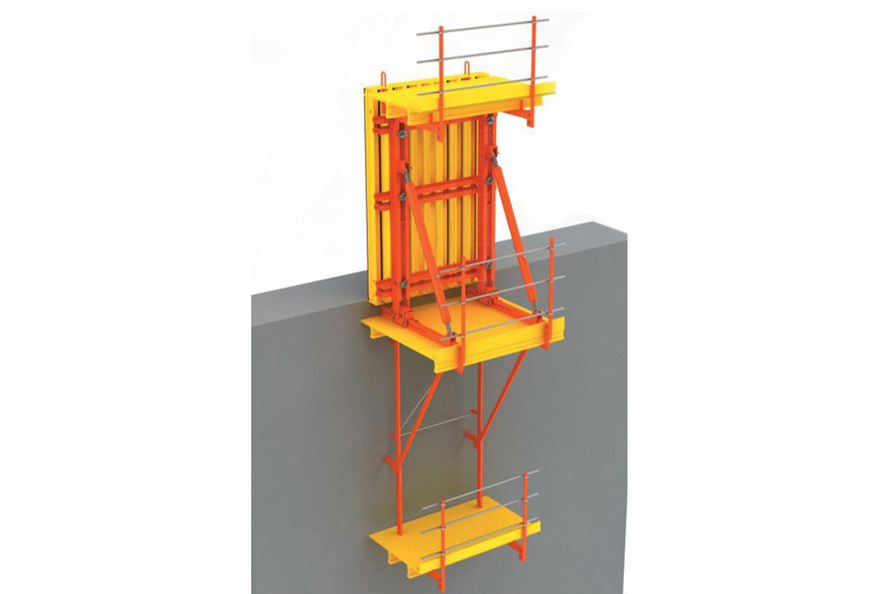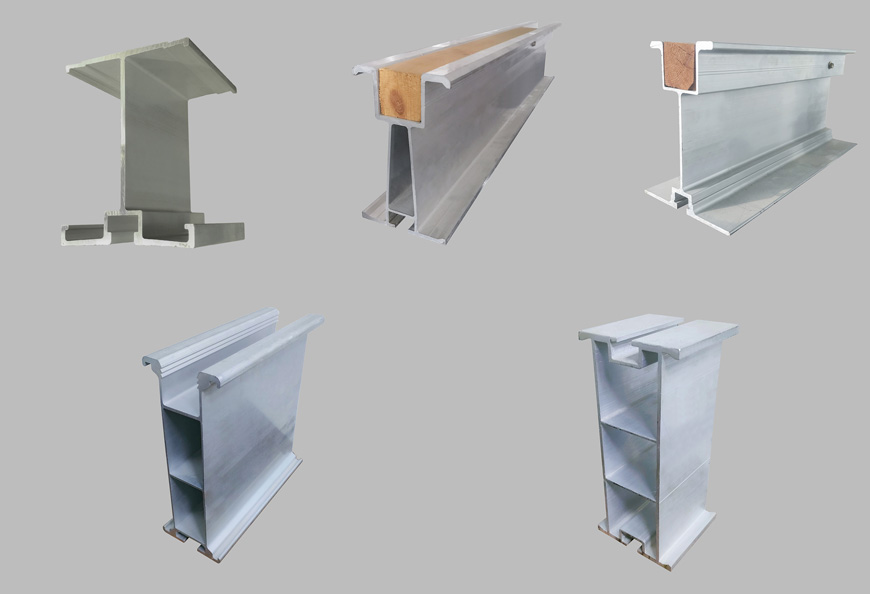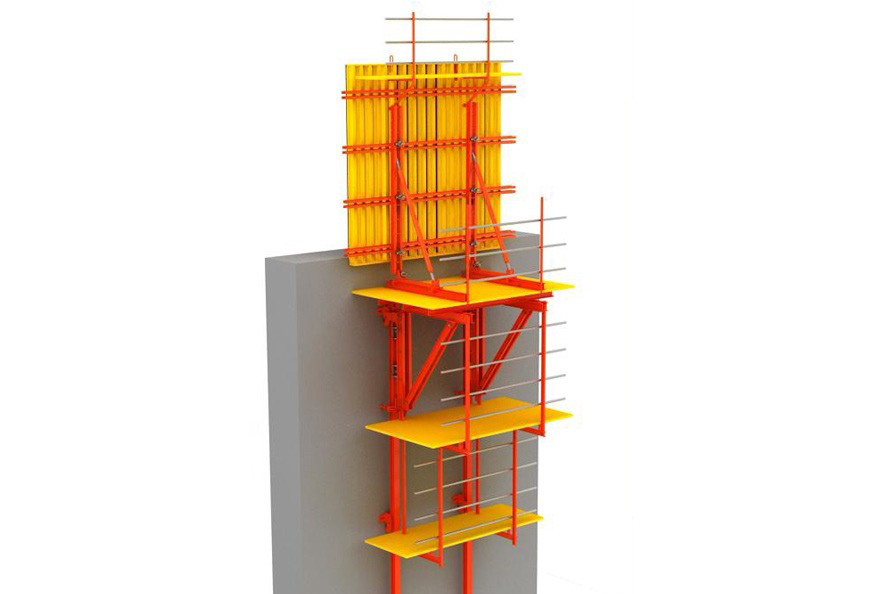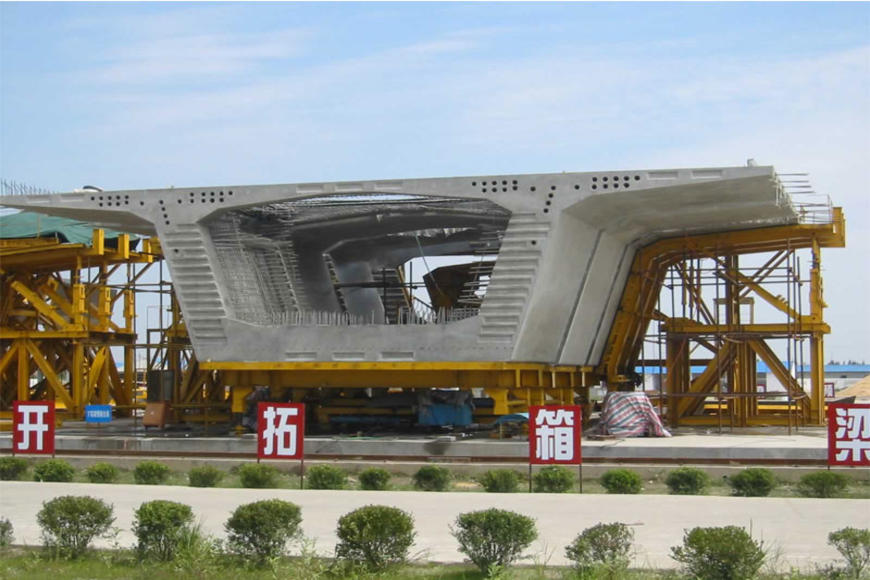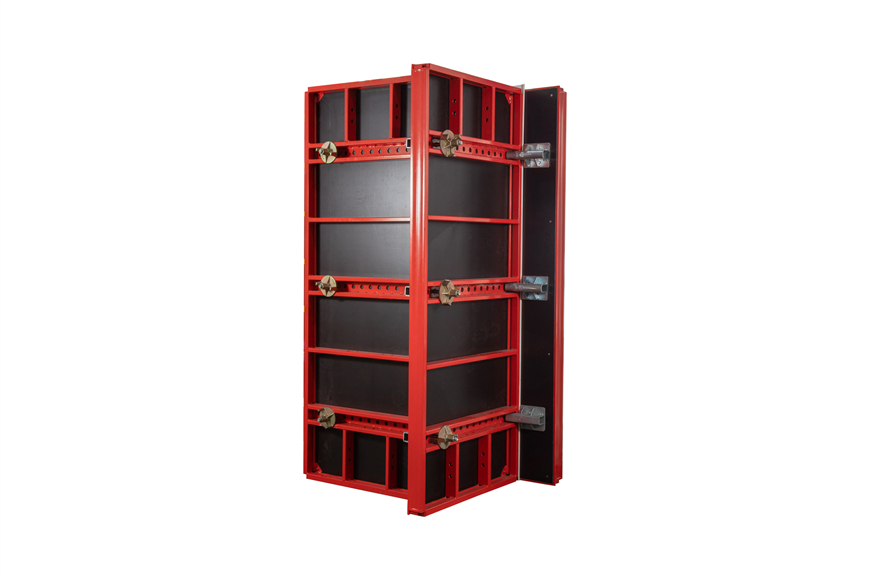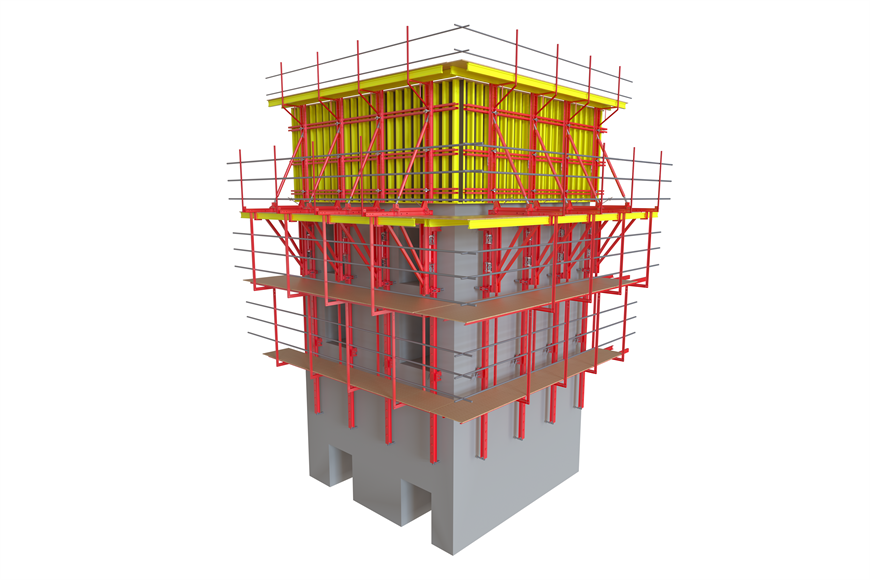Large and medium-sized circular column shuttering is becoming more and more common in the construction of modernist buildings. Many large diameter cylindrical engineering buildings are used in the design scheme of many engineering projects. This kind of large circular column formwork has begun to be applied already. However, not all projects have circular column shuttering.
For the storage of large and medium-sized circular column formwork, there are some preventive measures. Let's have a look.
1. If you want to store large and medium-sized circular column formwork for a long time, the road surface for storing large and medium-sized circular column shuttering should be leveled and raised, and should be naturally ventilated, waterproof and dry. When placed in the room, it should be easy to approach and transport. If it is piled up outdoors, it shall be covered reasonably, and the large circular column formwork shall be maintained to prevent exposure, fire and rain.
2. In case of temporary storage of medium-sized circular column shuttering, the provisions of self stable viewing angle must be considered, and zero distance stacking shall be applied. If it is stored for a long time, the modified large and medium-sized circular column formwork shall be used as the overall connection. Overall, the stacking of circular column shuttering is more stable, which reduces the bump and concave groove to avoid impact and damage to large and medium-sized circular column formwork, so as to facilitate post construction.
When large and medium-sized circular column shuttering is placed on the wooden floor, it can be used to avoid overturning and winding. In case of strong wind, large and medium-sized circular column formwork shall be connected to the building to ensure the necessary reliability. Large and medium-sized circular column shuttering without fixed support or full-automatic and stable viewing angle must be placed on a special machine rack or stacked horizontally. It cannot lean against other objects or buildings for a long time to avoid falling. This also avoids the deformation of large and medium-sized circular column formwork due to long-term inclination of its own weight.
When we usually use the building circular column formwork, we often know only the inner diameter of the formwork, and the customer only reports the relevant inner diameter information with us when ordering. In fact, it is not known that the thickness of circular column shuttering is also closely related to the building.
Generally, the thickness of circular column formwork has three specifications: 14, 18 and 22mm.
1. The thickness of 14mm will be adopted for those with an internal diameter of less than 550mm. The reason is very simple. The smaller the diameter of the cylinder, the smaller the pressure on the formwork. 14mm circular column shuttering with an internal diameter of less than 550mm has sufficient compressive capacity;
2. The formwork with a diameter of 600-1200mm is 18mm thick. At this time, the thickness of the circular column shuttering needs to be increased to enhance the compressive capacity and ensure that the formwork is sufficient to support the pouring of the cylinder;
3. The circular column formwork with a diameter of more than 1300mm usually adopts a thickness of 22mm. Excessive diameter requires sufficient thickness. Generally, for the circular column shuttering with an internal diameter of more than 1300mm, we recommend reducing the height and pouring multiple times. On the one hand, the construction safety of workers in the construction process should be guaranteed. On the other hand, the full utilization of raw materials in the pouring process should be guaranteed.
